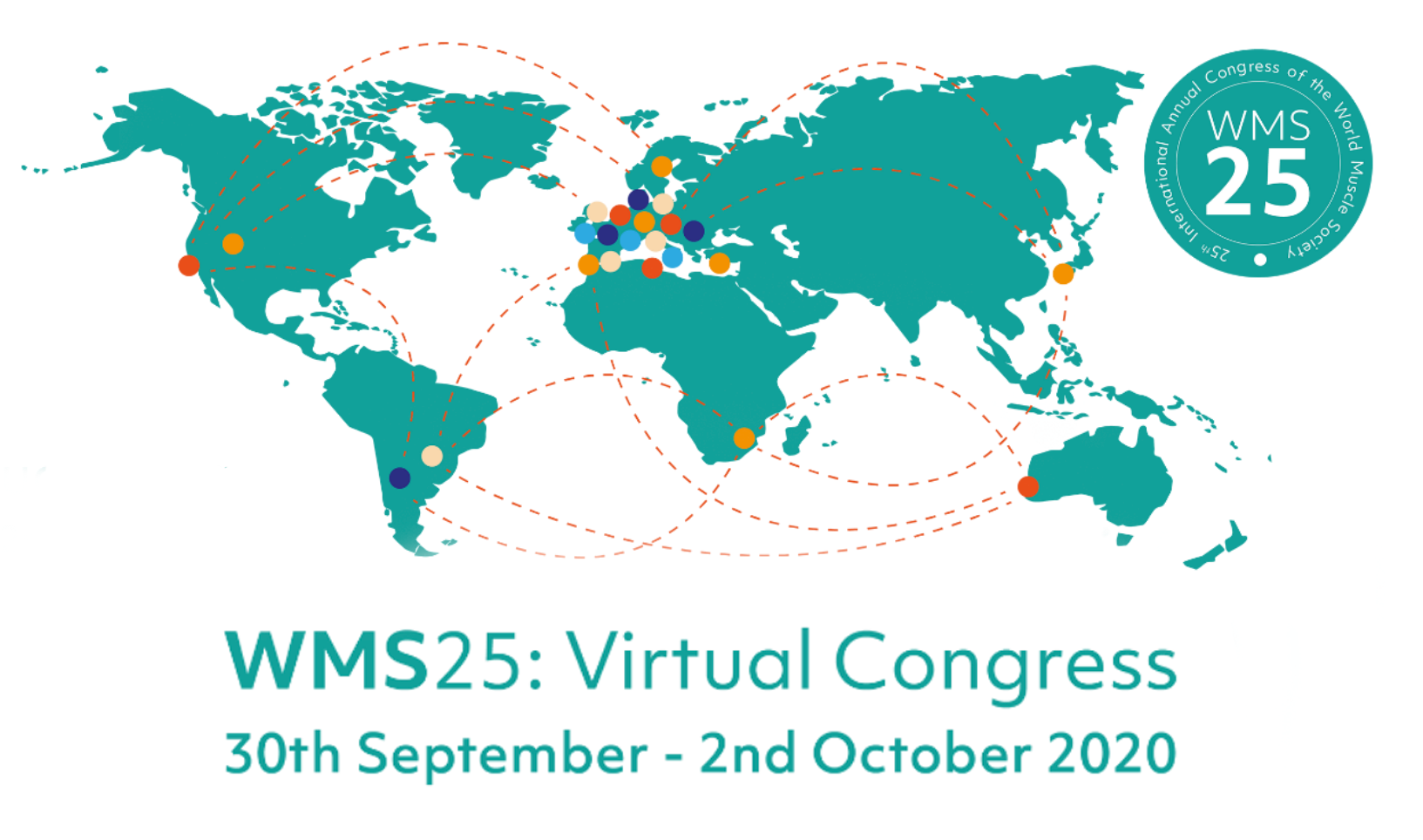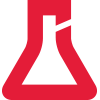
Last week the World Muscle Society (WMS) held its 25th Annual Conference. As is often the case during this pandemic, the WMS meeting was held virtually for the first time.
WMS provides an opportunity for researchers, clinicians, companies, and advocacy members to come together and share new learnings concerning neuromuscular diseases.
The conference covers multiple diseases, below are a few highlights in regards to Duchenne and Becker muscular dystrophy from this year’s conference.

Industry Symposia
A number of sponsors presented data around their investigational products, with Sarepta and PTC having featured talks.
PTC Therapeutics
PTC shared data on the impact of early intervention and treatment of steroids that can delay disease milestones. They also presented data on Ataluren from their STRIDE registry, examining patients on Ataluren compared to matched Cooperative International Neuromuscular Research Group (CINRG) natural history cohort. From this comparison those patients on Ataluren in the STRIDE registry had slower disease progression as noted by a delay in loss of ambulation compared to patients in the CINRG cohort.
Sarepta Therapeutics
Sarepta presented two-year data on patients in their initial SRP-9001 microdystrophin gene therapy transfer clinical study. As noted in our shared announcement last week, patients saw on average a 7-point improvement in the North Star Ambulatory Assessment (NSAA). As these boys continue to be followed we will learn a great deal about the durability and benefit provided by SRP-9001.

Panel Discussions
As part of the symposia numerous talks are given spanning a number of diseases and focuses, ranging from case studies to exploring new genes in different diseases. Two talks this year were of great relevance to Duchenne.
Pre-Clinical Requirements for Novel Neuromuscular Therapies
This first panel touched on the importance of improving rigor in experiments testing new therapies for diseases before translating them to humans. One major need that was called for during the discussion was the to urge researchers to design pre-clinical tests to more closely mimic clinical trial design. That would include designing blinded placebo-controlled studies with functional endpoints, such as we see in our current clinical trials. The panel also stressed the importance of utilizing the Standard Operating Procedures (SOPs) for working with pre-clinical models in drug development as designed by the TREAT-NMD network. The development of those SOPs was supported by PPMD.
Evolving Field of Gene Therapies
A second panel discussed the evolving field of gene therapies. The panel of experts largely focused on the challenges of delivering gene therapy through the use of Adeno-Associated Virus (AAV). Delving into the need for pre-screening and the immune system response after an initial dosing of virus, which will lead to developing antibodies. The panelists also discussed a number of unknowns in gene therapy, such as optimal window for dosing and potential strategies for mitigating immune response. The panel served as a good reminder that we are still learning as a field about optimal delivery of gene therapy.

Poster Highlights
This year the posters for Duchenne and Becker were grouped into four categories. Below is an overview of the various poster sessions held at WMS.
Clinical Care
This poster session focused on clinical care of Duchenne and Becker. Posters covered various topics, such as an analysis of MDStarnet data on early intervention of cardiac medications being associated with a delay in left ventricular dysfunction. Other posters addressed bone health, early intervention, time to diagnoses, and weight management.
Biomarkers and Clinical Outcomes
These posters focused on the development of new outcome measures and novel biomarkers, in additional to utilization of data modeling to enhance trial design. One such poster examined the potential of utilizing a grip strength tool to develop an outcome measure that could be utilized across the entire course of disease progression, as opposed to current functional outcome measures that have floor and ceiling effects that prevent use in both ambulatory and non-ambulatory patients.
Animal Models and Pre-clinical treatment
This session had a focus on various pre-clinical models, in refining their use and exploring new models for study. There was also data shared from a number of the studies previously mentioned, such as the edasalanoxnt data shared in last week’s press release and pre-clinical data for the scAAV9.U7.ACCA gene therapy program now being evaluated in humans as presented by Dr. Waldrop in the Late Breaking sessions.
Therapy
Posters from this session were largely comprised of information shared in industry press releases or in the industry symposia, such as the Catabasis posters on their various clinical trials.

Late Breaking Session –
Update on Duplication 2 Gene Therapy Approach
Finally, during the final sessions of WMS late breaking data is presented. Within that session Dr. Megan Waldrop presented initial data from the scAAV9.U7.ACCA gene therapy trial at Nationwide Children’s Hospital (NCH).
Unlike the micro-dystrophin gene therapy trials, the transgene being delivered in this gene therapy study is not replacing the dystrophin protein, but attempting to induce exon skipping for individuals with a duplication of exon 2 to restore full length dystrophin production. Exon 2 duplications present a unique opportunity for success through exon skipping. The U7snRNA transgene can induce skipping of one of the exon 2 copies and restore full length dystrophin production. If the exon skipping is overly effective and skips both copies of exon 2 there is a DNA sequence in exon 5 that will allow for a truncated, but functional form of the dystrophin protein to be produced.
From the initial study being conducted at NCH, two patients have been dosed. Both were reported to have tolerated the delivery well. Functional outcomes from NSAA and FVC were shown to be stabilized or improved. Both patients appear to be producing full-length dystrophin protein via western blot. Biopsy data comparing baseline to 3-month data was also shown, indicating production of dystrophin. The quantitative analysis of the biopsies has not yet been completed, but additional biopsies will be collected to better characterize the expression of dystrophin.
We are very excited to see promising results from this trial, although U7snRNA skipping will not be suitable for all patients it may be a very promising therapy for those who are amenable. PPMD collaborated with Beauhawks Foundation, providing $300,000 to help fund the research that led to the clinical trial.



 by: Parent Project Muscular Dystrophy
by: Parent Project Muscular Dystrophy

